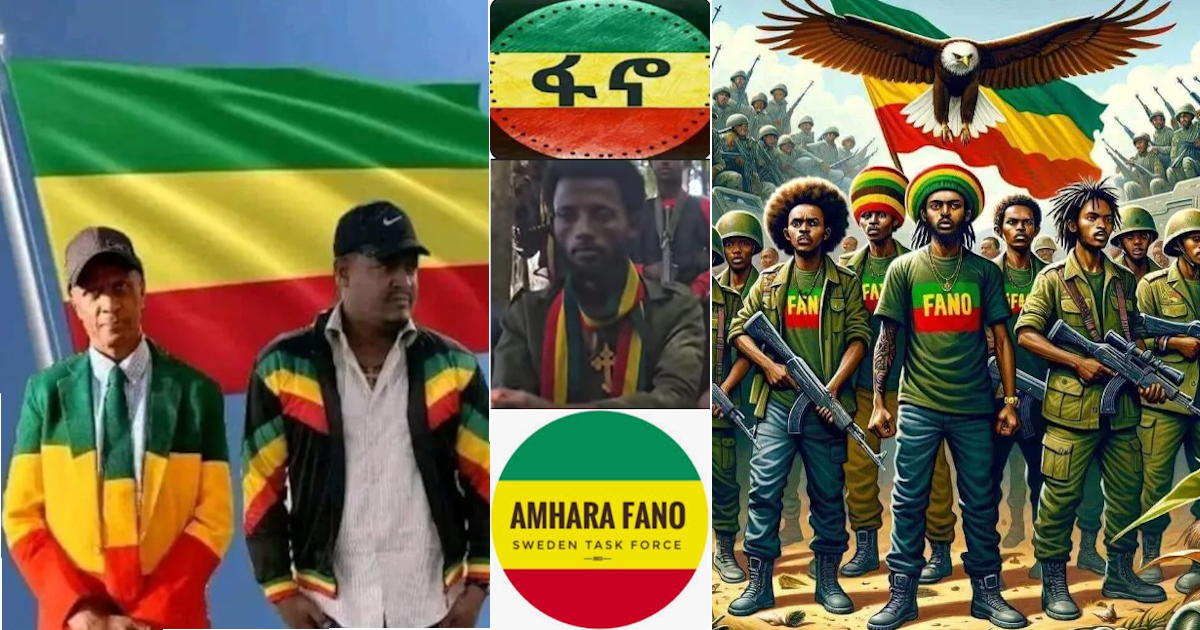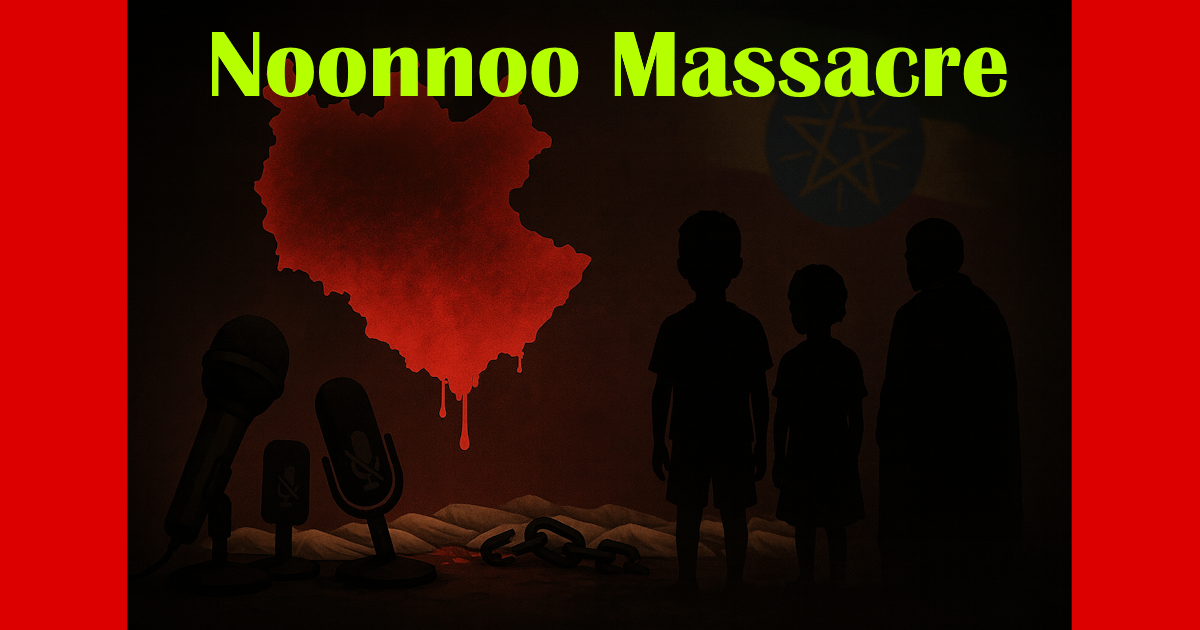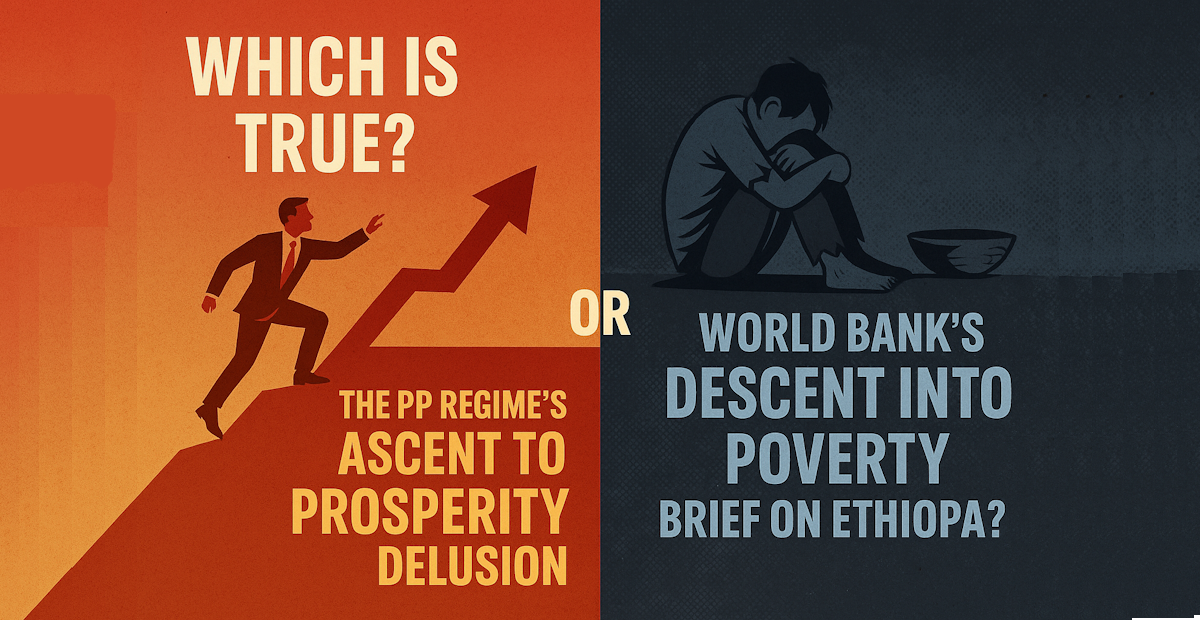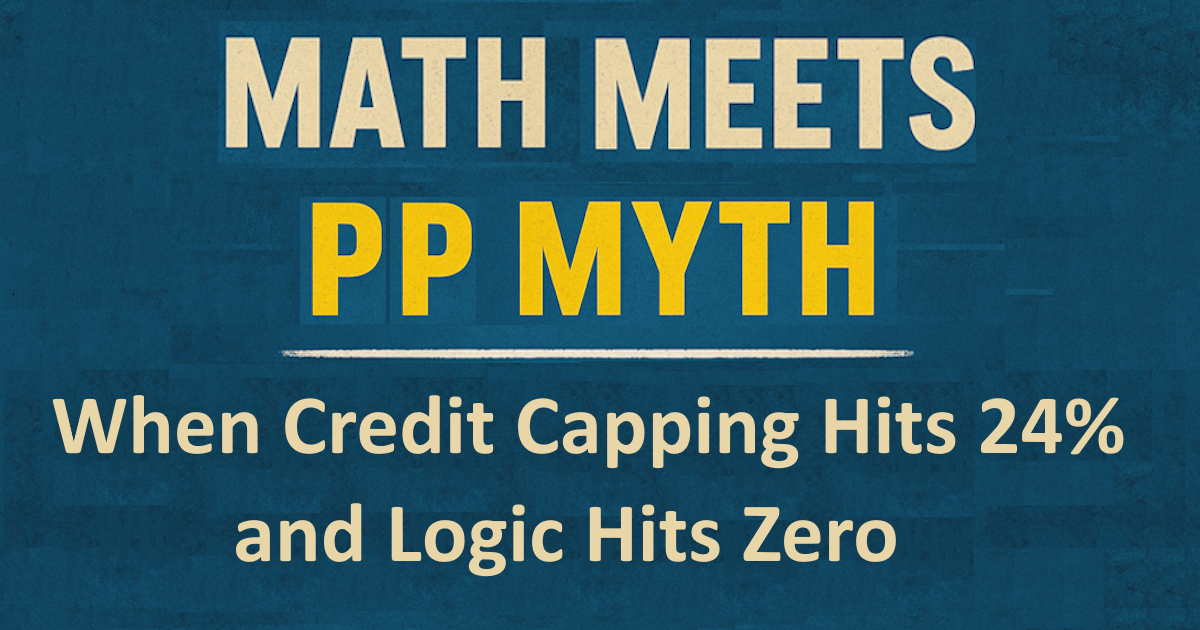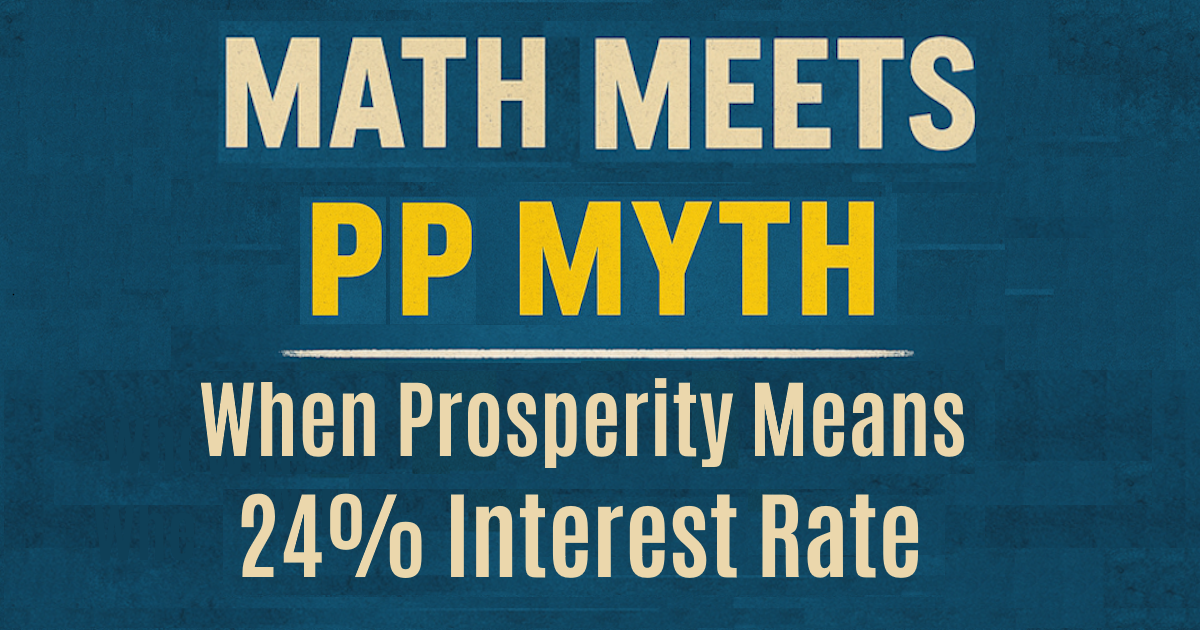We Live Next Door to a Medieval People. Sadly. Orthodoxy, Empire, and the Struggle for Cultural Liberation in Ethiopia
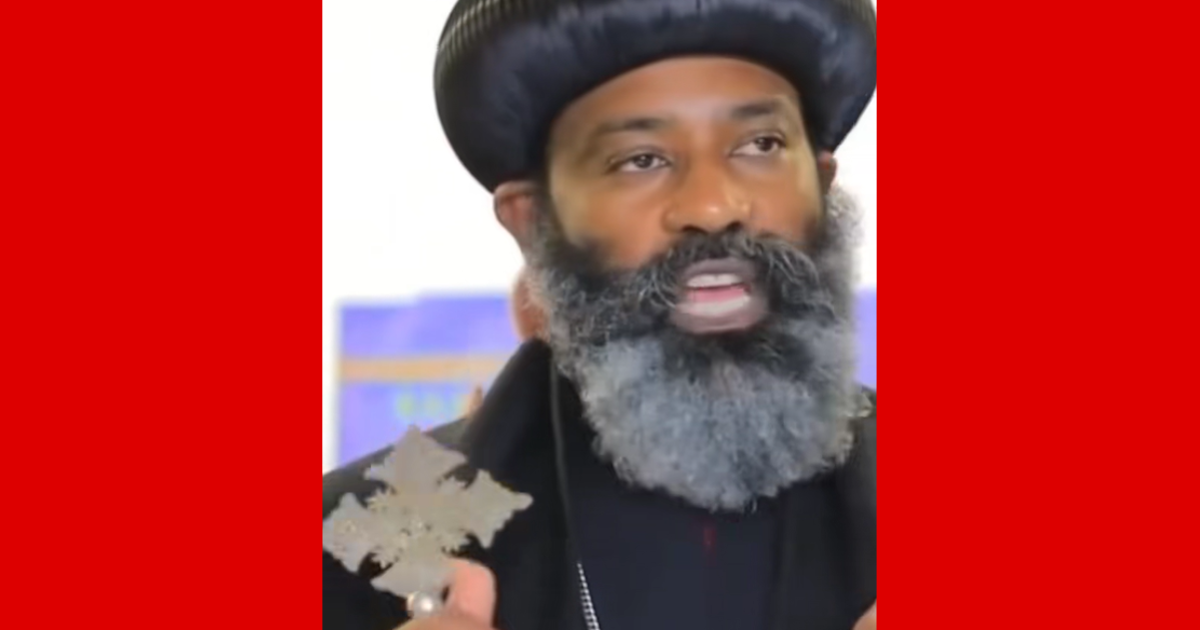
Excerpt
A medieval mindset still haunts the Ethiopian Orthodox Church, preserving Ge’ez exclusivity while marginalizing Oromo identity. A recent video by an Orthodox clergyman exposing this racism underscores the need for ecclesiastical autonomy. This article examines how spiritual exclusion is tied to imperial history—and why a modern, inclusive Oromia Orthodox Church is no longer just necessary, but inevitable.
Introductory Note
Recently, an Amhara Orthodox clergyman released a video declaring that Oromo followers allegedly “do not like” the Kidase [Qiddaasee] (Gregorian chant) in Afaan Oromo, branding Oromo priests as “uneducated and clueless,” and insisting that all chants must remain in Ge’ez [1]. This was no offhand comment by a layperson or rogue racist—we’ve seen enough of those. This was a figure of religious authority, fully aware of the implications of his words. Such statements must be called out and contextualized, which this article aims to do.
Medieval Mindsets in a Modern World
The assertion that “we live next door to a medieval people” captures, with disturbing accuracy, the regressive mindset embedded within the Ethiopian Orthodox Tewahedo Church (EOTC). More than a spiritual institution, the EOTC has long served as a political and cultural arm of Amhara hegemony and Abyssinian imperialism. Its legacy is marked by the suppression of Ethiopia’s diverse communities—most notably the Oromo—through religious exclusion and linguistic erasure.
The Church as Pillar of Empire
From the reestablishment of the so-called Solomonic dynasty through the reigns of emperors like Menelik II and Haile Selassie, the EOTC amassed vast landholdings and wielded enormous social power. Following the annexations of the Oromo country and beyond, land was divided among:
- The imperial crown,
- The EOTC and its clergy, and
- Amhara lords and warlords.
This tripartite system instituted a rigid feudal order that not only clashed with but also suppressed the Oromo traditions of communal land stewardship based on the Oromo Gadaa and age-set governance system [2].
Feudalism and the Gult System
Under Menelik II, southern Ethiopia—including Oromia—was forcibly assimilated into a medieval-style feudal structure. Land came under the “gult” system, granting the emperor, nobility, and church control over taxation and administration [3]. The result was a catastrophic disruption of the Oromo’s democratic land culture, replaced with a system that institutionalised dispossession and exploitation.
Revolution and the “Land to the Tiller” Reform
The 1974 revolution ended the monarchy and dismantled formal feudalism. In 1975, the Derg enacted the “Land to the Tiller” proclamation, abolishing private ownership of rural land—including that held by the church—and transferring usage rights to the peasantry [4]. While flawed, the reform represented a break from centuries of feudal oppression. Yet the EOTC remained intact, untouched by accountability, offering neither apology nor reparations for centuries of exploitation of free land and labor and complicity in injustice [5].
Medievalism in the 21st Century
That same medieval ethos persists today. In the recent video, the Orthodox clergyman’s dismissal of Kidase [Qiddaasee] in Afaan Oromo was not just offensive—it was a modern expression of feudal arrogance. His rejection of linguistic inclusion reinforces the idea that only Ge’ez—a “dead” language unintelligible even to many clergy—can serve as a sacred medium. This view has no theological justification; it is pure gatekeeping, cloaked in mystique to retain ethnic supremacy.
The Facade of Unity
What is presented as a defence of tradition is, in truth, a defence of hierarchy. The cleric’s contemptuous view of Oromo priests is not about preserving liturgy; it is about denying legitimacy to non-Amhara spiritual leadership. This isn’t piety—its political exclusion disguised as orthodoxy. Such logic is not just medieval—it is openly racist and intellectually bankrupt.
Towards an Independent Oromia Orthodox Church
Oromo believers deserve a church that speaks their language—literally and spiritually. An autonomous Oromia Orthodox Church should:
- Translate liturgy into Afaan Oromo to democratize worship;
- End clerical dominance by an Amhara elite;
- Empower theological education rooted in local realities.
The creation of the Oromo Orthodox Synod in January 2023 [6] was a bold and necessary step—one not toward division, but toward dignity and decolonization.
Conclusion: A Choice Between the 10th and 21st Century
The Ethiopian Orthodox Church’s refusal to evolve underscores its role as a guardian of medieval power structures. Its continued use of incomprehensible rituals, its suppression of Afaan Oromo, and its silence on past injustices make it an institution more loyal to empire than to enlightenment and justice.
Oromo faithful must reclaim their spiritual path—not as subjects within an imperial relic, but as citizens of a modern, inclusive faith. The Oromia Orthodox Church must grow, mature, and lead its people toward cultural and spiritual liberation. The 21st century awaits. The 10th century must be left behind.
References
- A TikTok Video Clip Depicting an EOTC Clergyman Referred to in This Article, Courtesy of TikTok.
- Solomon Dessalegn Dibab, Ethiopia history of land tenure and the present land governance: The case of Oromia region, January 2020, Vol 5, Issue 1, International Journal of Academic Research and Development.
- Temesgen Gebeyehu Baye, POWER, CHURCH AND THE GULT SYSTEM IN GOJJAM, ETHIOPIA, Bahir Dar University, Asian and African Studies, Volume 25, Number 1, 2016.
- Mengistu Abebe, The March 1975 “Land to the Tiller” ?? Proclamation: Dream or Reality?, American Research Journal of History and Culture, 2016.
- Dereje Feyisa, The Ethiopian Orthodox Tewahedo Church in Post-2018 Ethiopia: Navigating church–state and inter-religious dynamics, The Rift Valley Institute.
- Hagos Gebreamlak, Ethiopia: Nationalism creates schism in Orthodox Church, 14 February 2023, The Africa Report.
- “የአምሐራ ብሔርተኝነት ከኦርቶዶክስ ክርስቲና ሃይማኖት ጋር በተያያዘ ገና ከመጀመሪያው ያጋጠመው ተግዳሮት !”, Courtesy of Facebook.
- Itansaa Barii, Lessons to be Learnt from the Recent Attempt to Form Oromia Orthodox Synod, 16 February 2023, OROMIA TODAY.
- Staff Editor, We, OROMIA TODAY, Stand with Oromo Orthodox, 29 January 2023, OROMIA TODAY.
- Abbaa Torbban, The Ethiopian Orthodox Church: Amhara’s Weapon of Mass Confusion, 29 January 2023, OROMIA TODAY.

